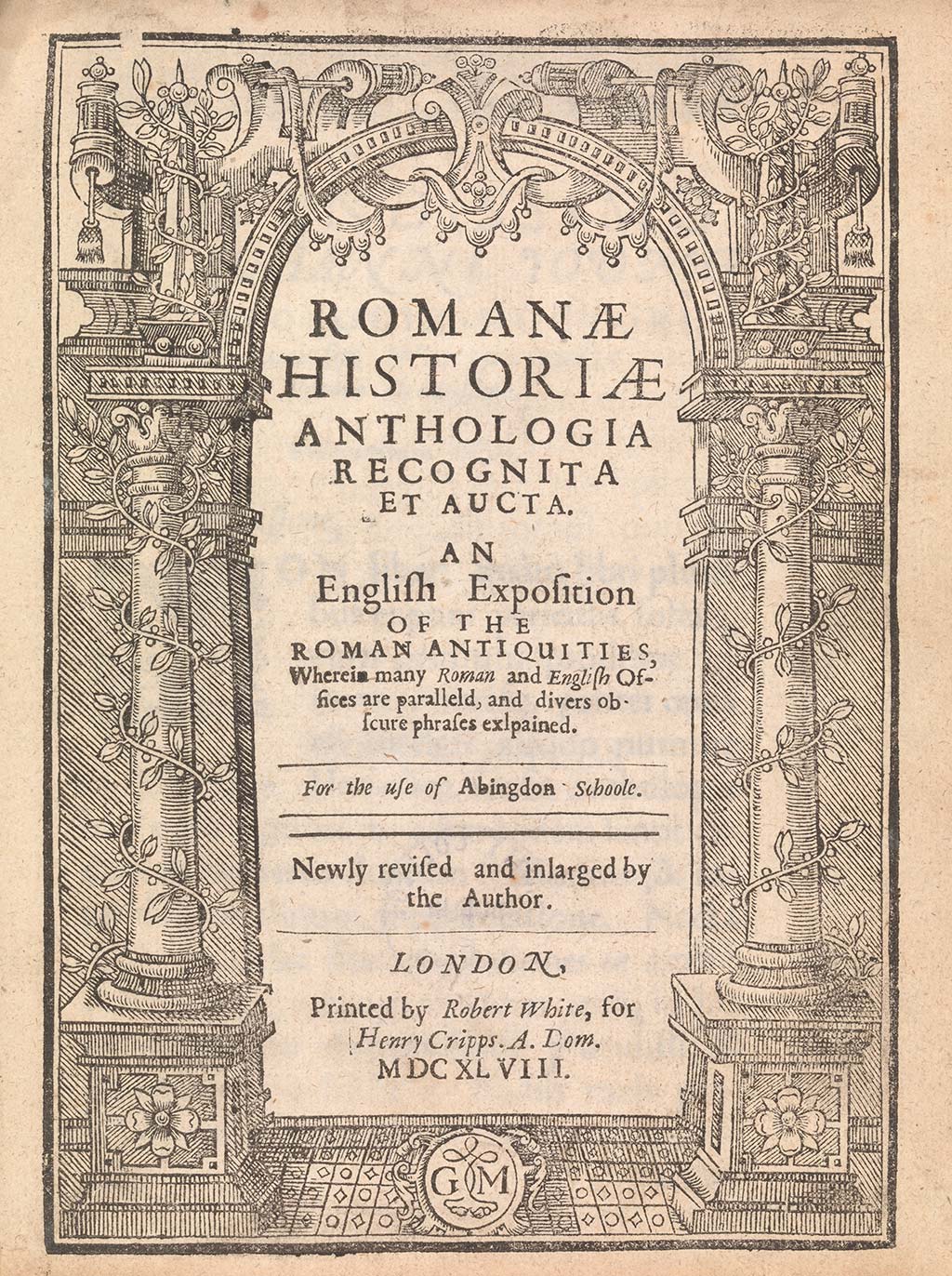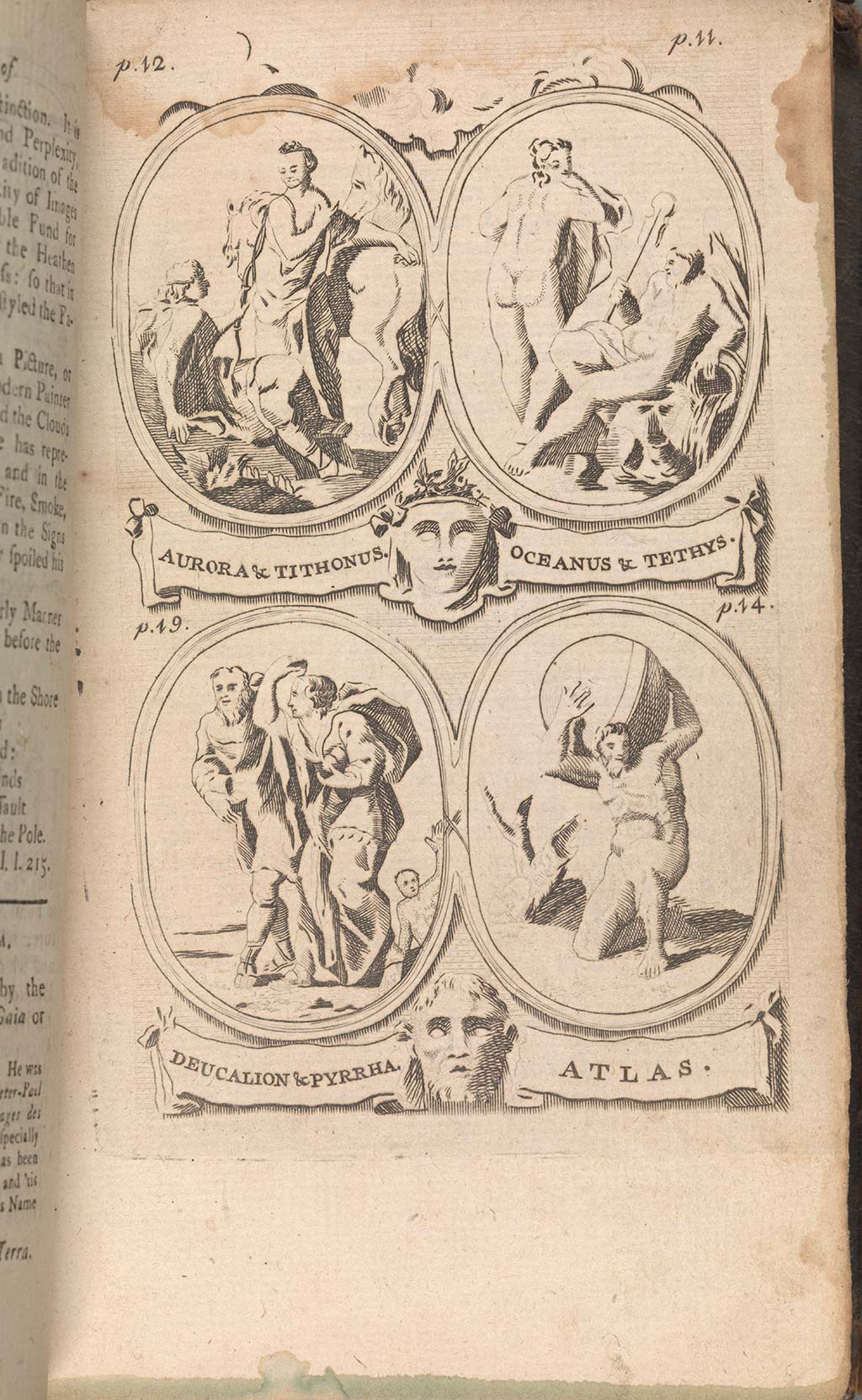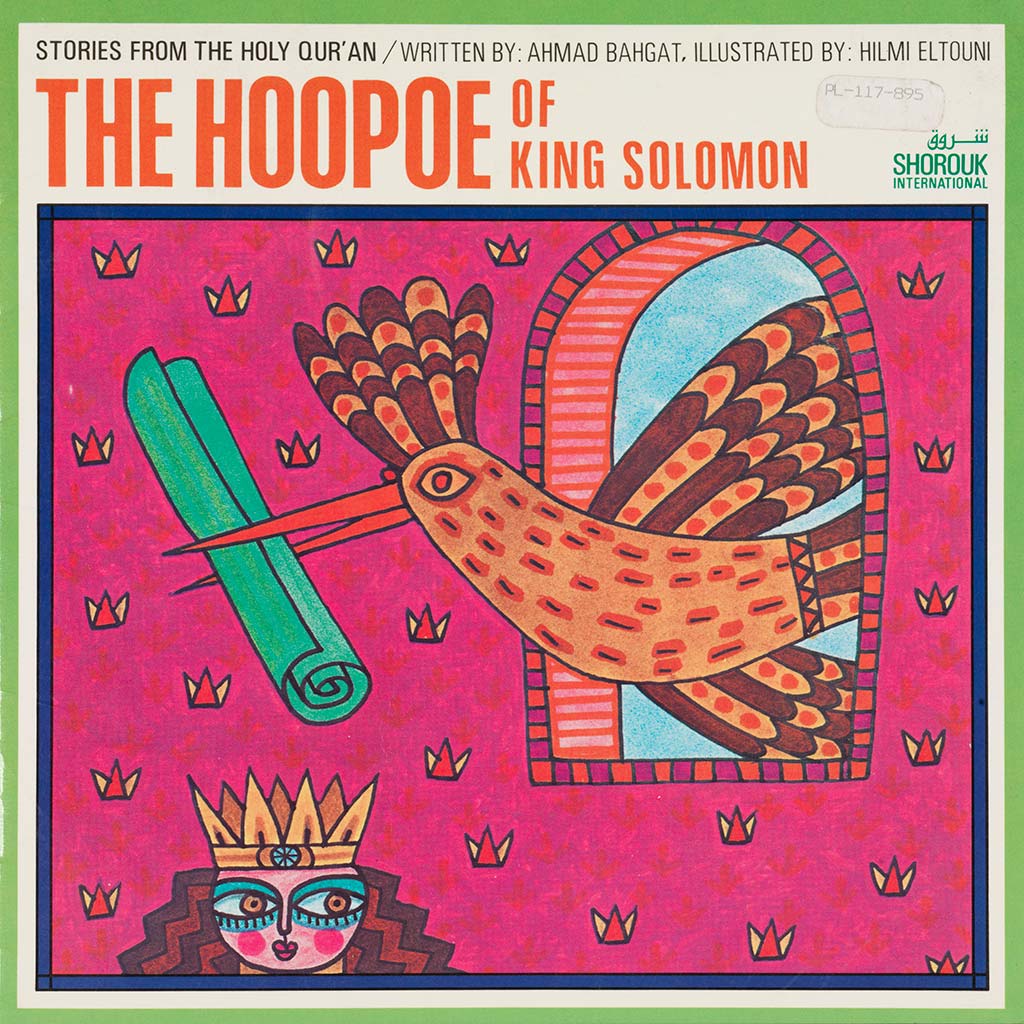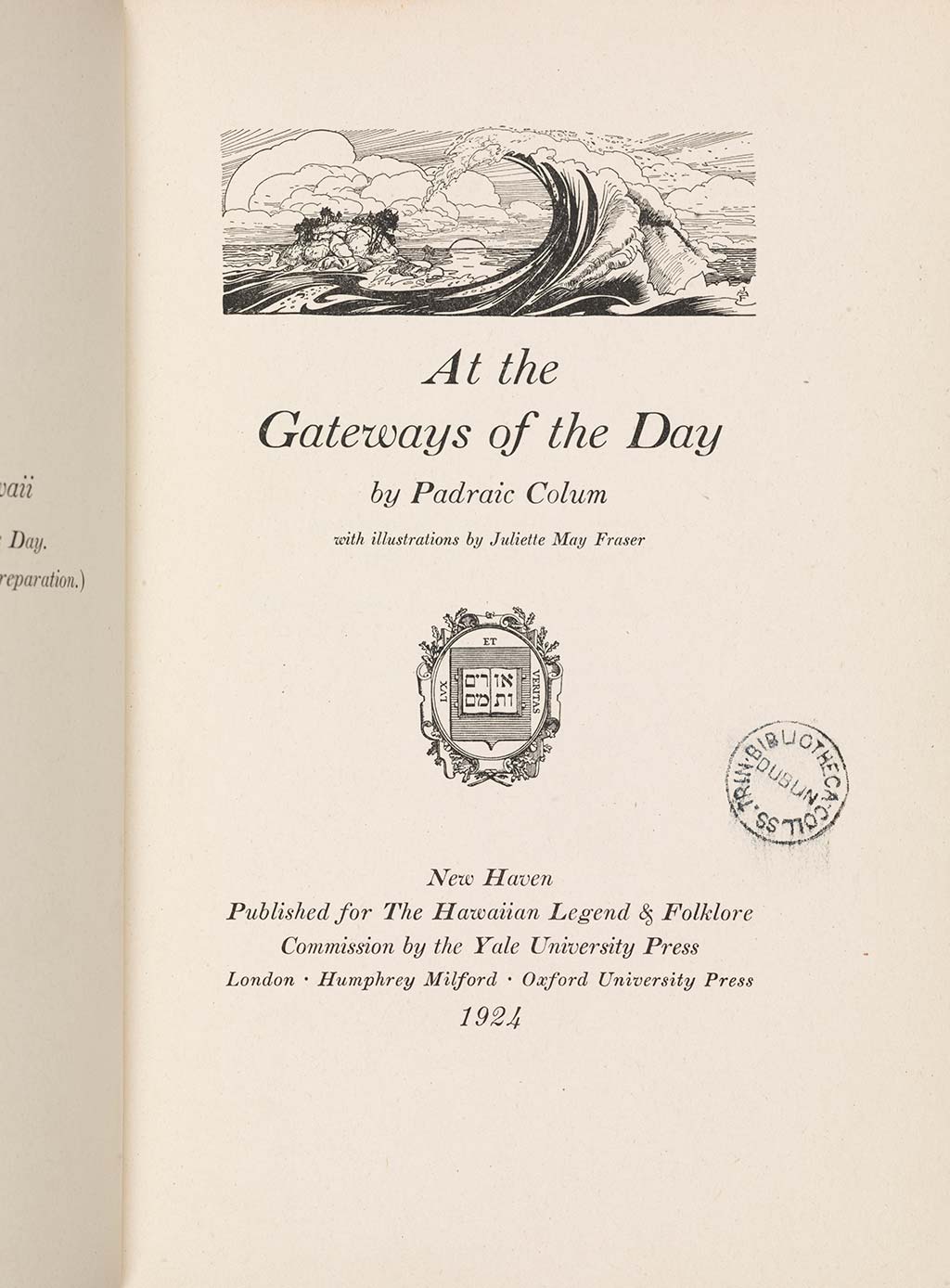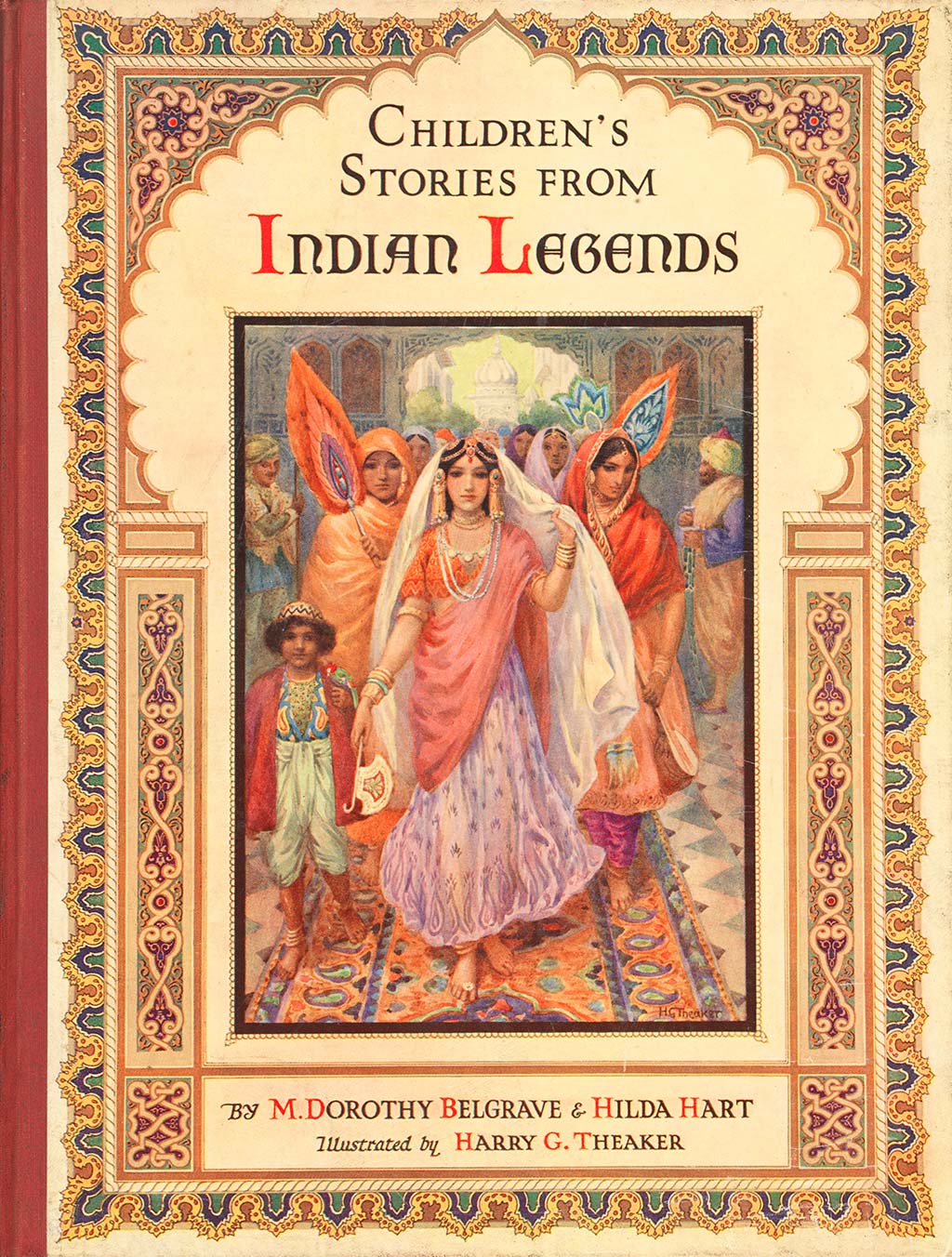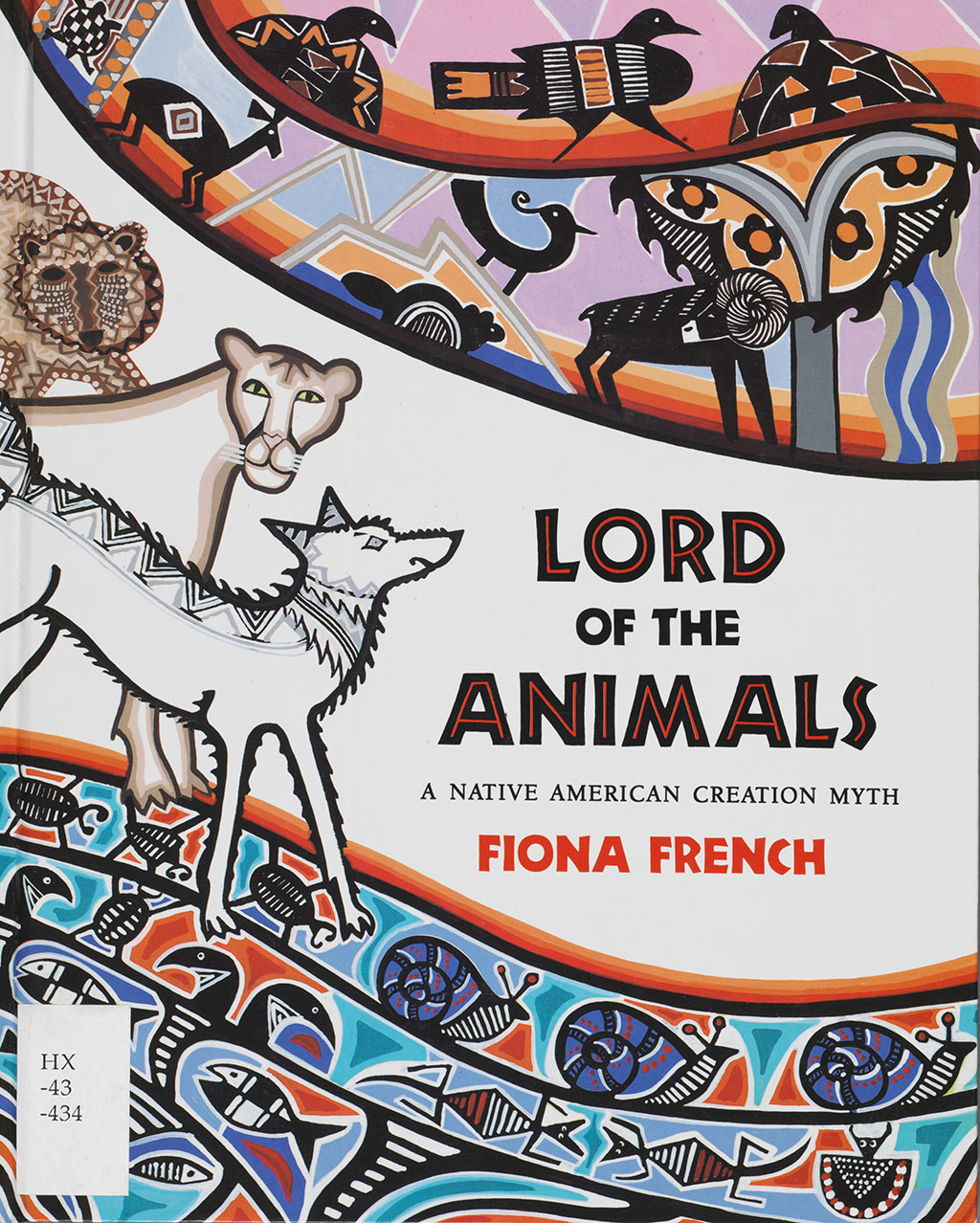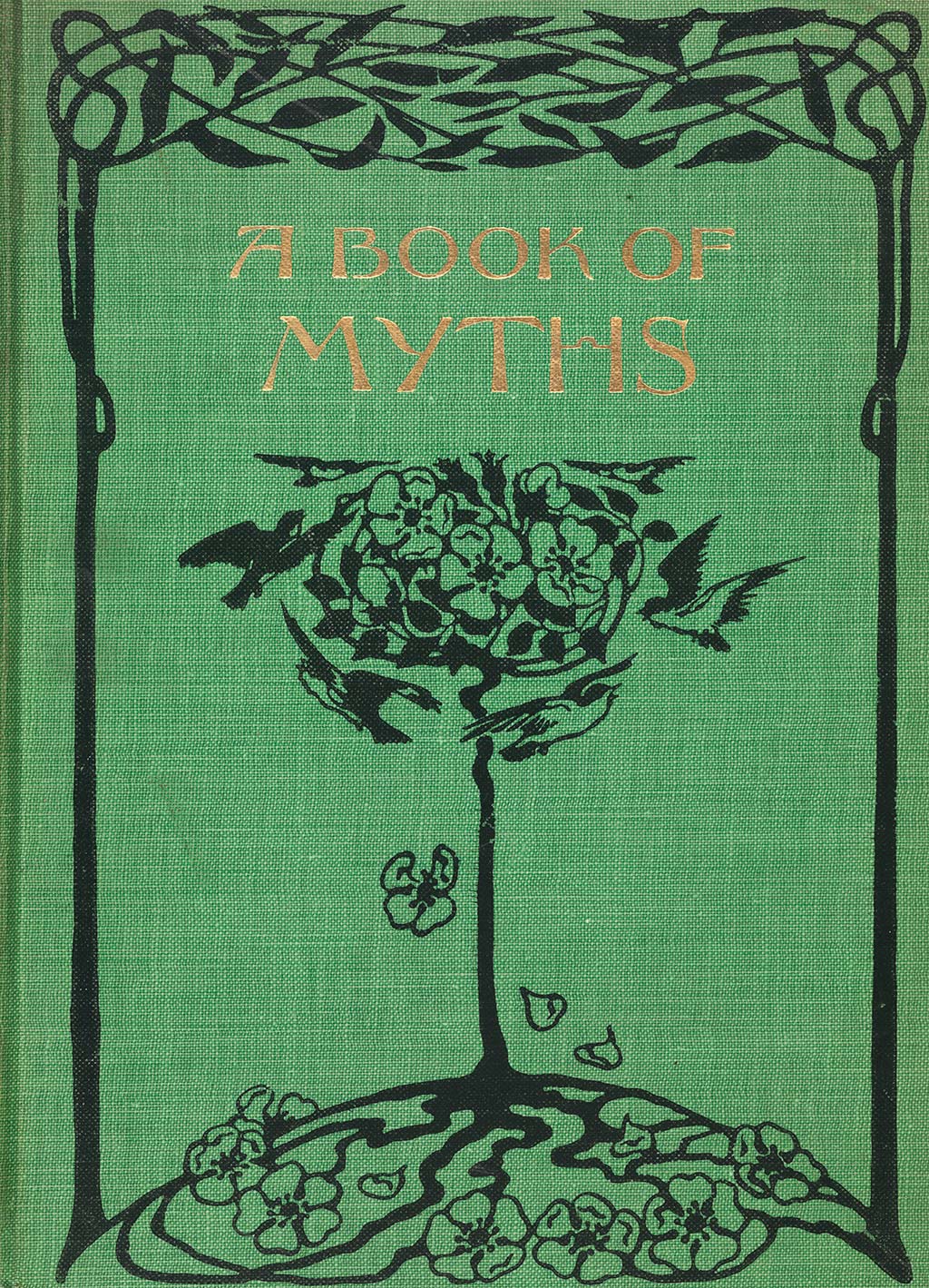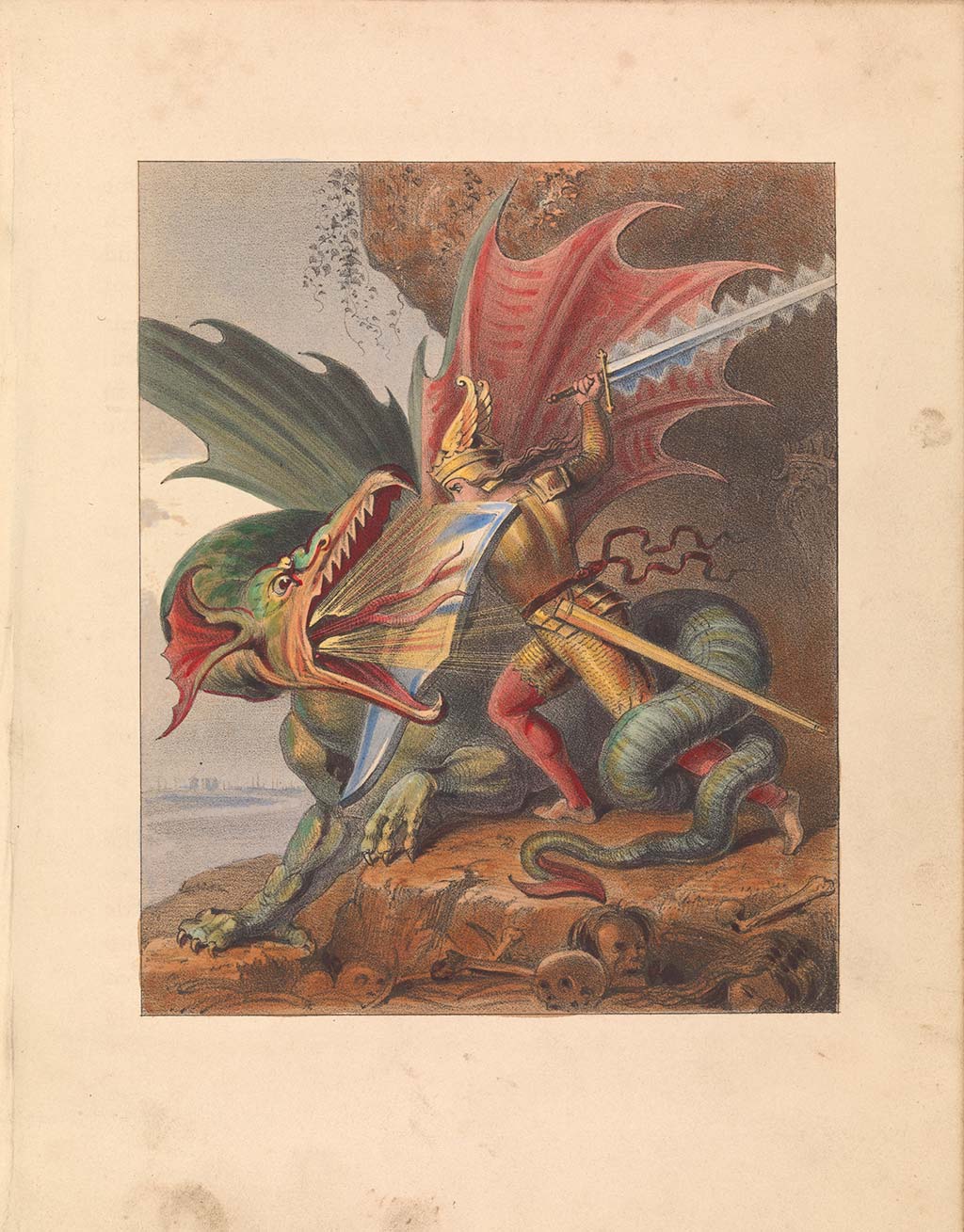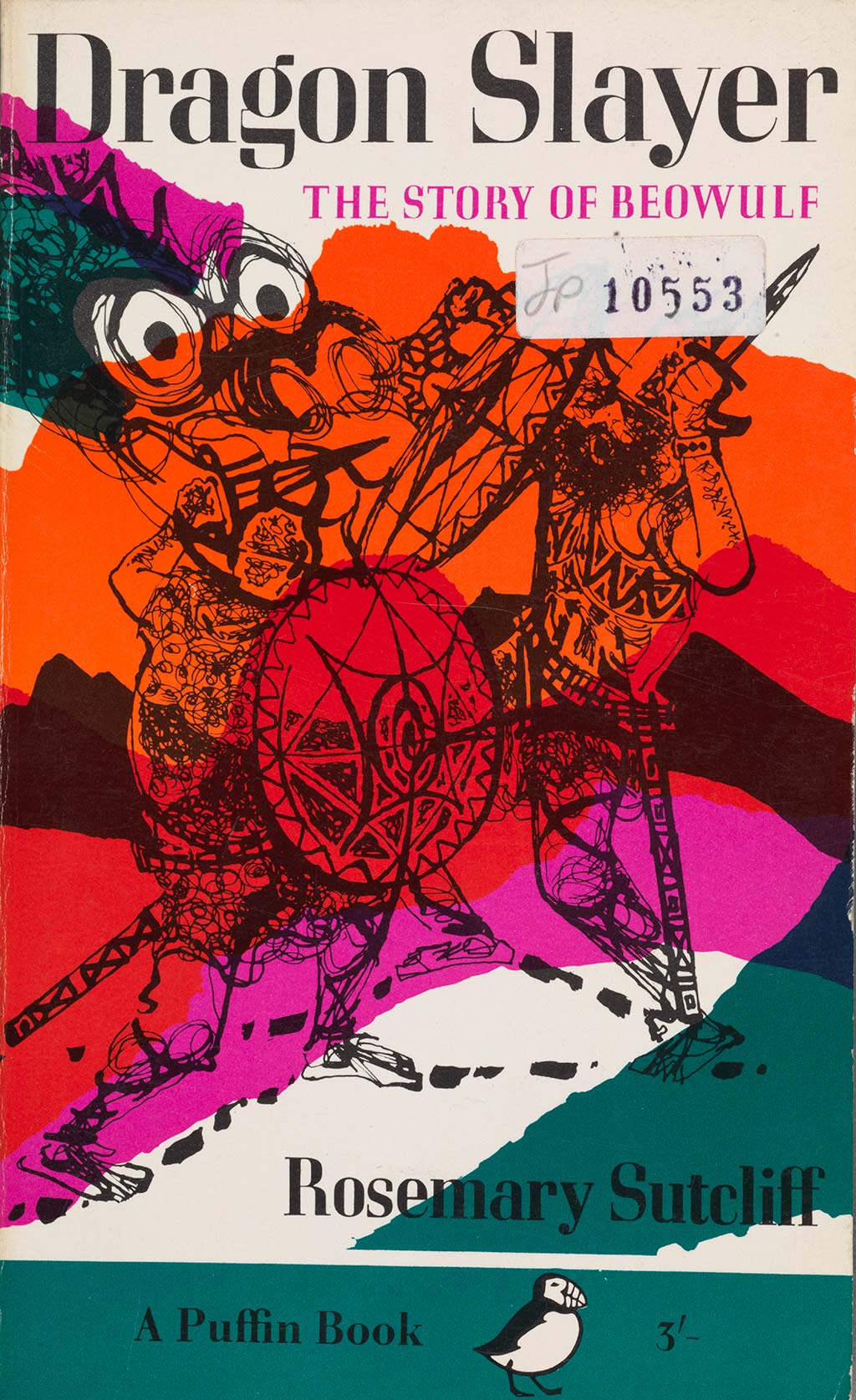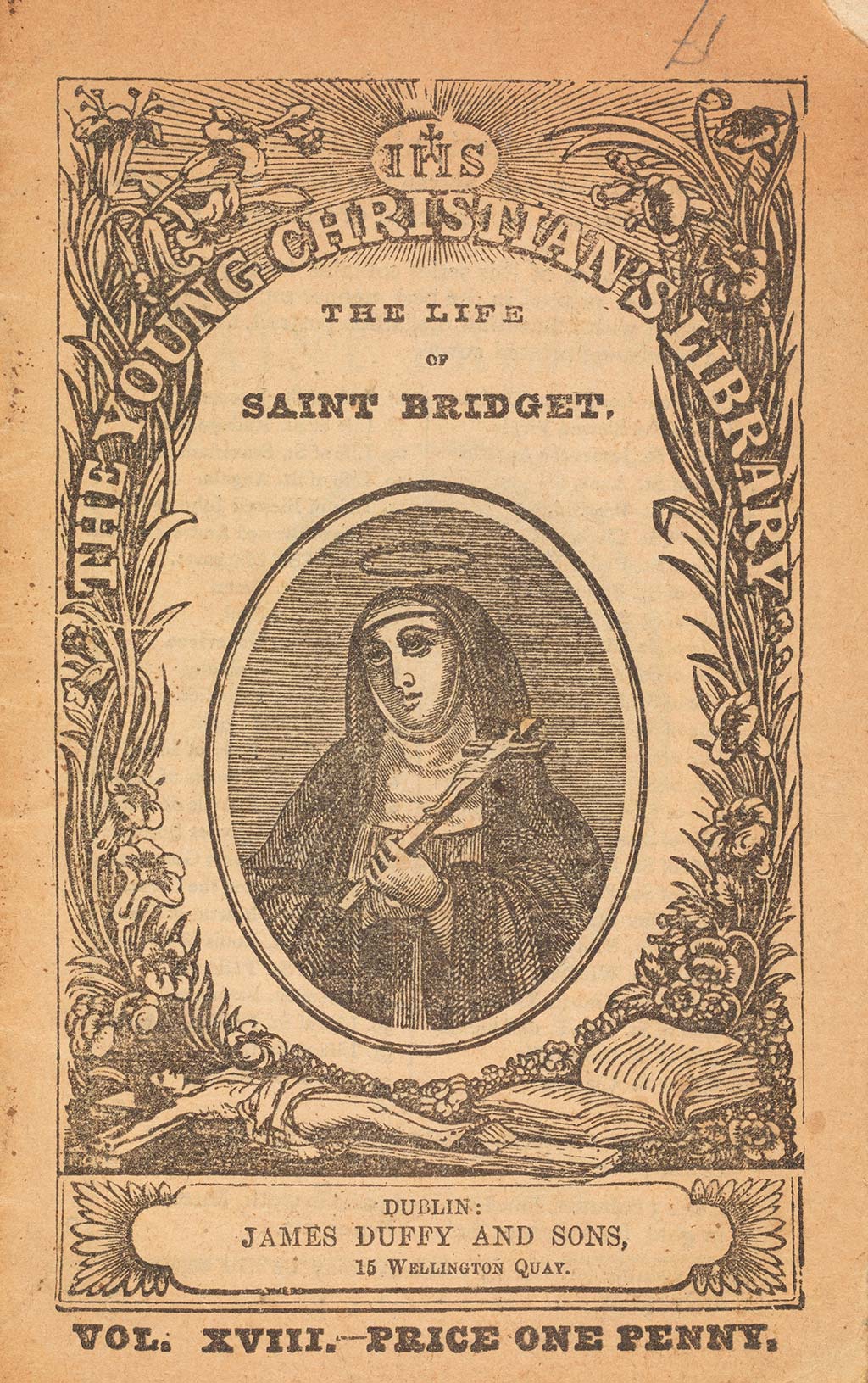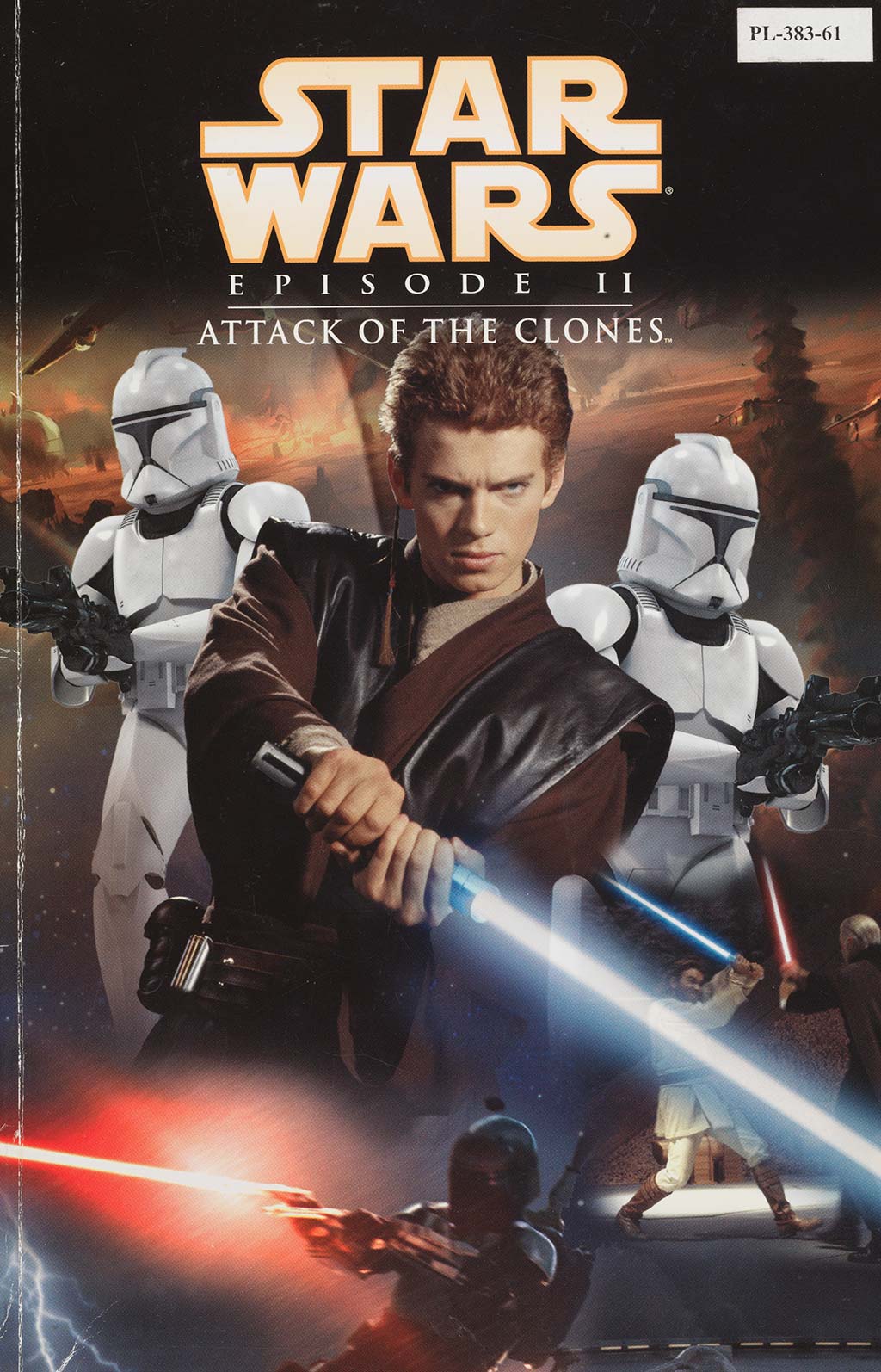Myth and Children’s Literature
Myth in children’s literature can open up imaginative new realms that allow child readers to escape from their mundane lives, follow and identify with a male or female hero that battles monsters and demons, before returning home victorious. It can help them to make sense of their place in the world, of birth and death, of the move from childhood to adulthood, and of good and evil. As is the case with adults, all children read differently; therefore, how children interpret myth depends on the knowledge they bring to the reading experience.
Children’s literature encompasses a wide range of forms and genres: picture books, illustrated texts, novels, poems, Young Adult fiction, school stories, fantasy, folktales, and so on. As children have had access to texts for millennia, the origins of what we now term ‘children’s literature’ are difficult to establish. Towards the end of the 17th century, authors, printers and booksellers made deliberate efforts to distinguish children’s texts from other types of literature, so that by the latter part of the 18th century children’s literature was well established as a category of its own.
Specific mythologies have had a significant influence on the development of children’s literature in Ireland, Britain and America. The holdings at Trinity College Library offer a glimpse into such processes at work over several hundred years.
Role of Myth
Myth contains a poetry that transcends the limitations of history and science. Myths not only give us a sense of where we may have come from but they also provide maps for where we might want to go in life. The word myth comes from the Greek mythos meaning word or story, and usually features gods and goddesses that interact in varying ways with the mortal realm. These stories are composed of symbols that provide frameworks for how we might live, encouraging us to look beyond the restrictions of our horizons, and inspiring us to find moments of ecstasy in the mystery of our own mortality. Myths are often attempts to answer the unanswerable: how we came into being; why we fall in love; why we die; and where we might go after death.
Thomas Godwin
Romanae historiae anthologia
London, 1648
OLS POL S 255
First published around 1614, this is one of the oldest texts from the Pollard School-Book Collection. Author Thomas Godwin (c.1587 -1642) opens with a creation of sorts – a description of Romulus’ consultation with the Gods and the subsequent founding of Rome. This was one of the only school textbooks on the subject during the 17th century.
Samuel Boyse
The new pantheon: or, Fabulous history of the heathen gods, goddesses, heroes, etc.
Dublin, 1786
OLS POL 492
Samuel Boyse (1708-1749) was born in Dublin and came from a Presbyterian background. The new pantheon opens with an exploration of the creation of the universe out of chaos and the establishment of a patriarchal monarchy of gods. Represented in the image are Aurora and Tithonus (Goddess of the dawn and her lover, a prince from Troy); Oceanus and Tethys (brother and sister as well as husband and wife); Deucalion and Pyrrha (husband and wife who survived the great flood created by Zeus); and Atlas (who holds the world on his shoulders).
Ahmad Bahgat
Illustrated by Hilmi Eltouni
The hoopoe of King Solomon
London, 1983
PL-117-895
This book comes from the Stories from the holy Qur’an series. Muslims believe that the Qur’an, the central text of Islam, was revealed by God to the Prophet Mohammad through the Angel Gabriel. The book displayed tells the story of the Queen of Sheba as she moves from worshipping the sun to worshipping one god, Allah.
Padraic Colum
At the gateways of the day
New Haven, 1924
64.e.33
In 1922 the Hawaiian Legislature commissioned Irishman Padraic Colum (1881-1972) to collect myths and legends from Hawaii and write them as children’s stories. The result was three volumes beginning with At the gateways of the day (1924). The central hero of these myths is Maui; he helped to create the islands.
In 2011, on the occasion of US President Barack Obama’s visit to Ireland, a first edition of At the gateways of the day was presented to the President as the official gift from the Irish Government.
Title-page reproduced by permission of Yale University Press
M. Dorothy Belgrave and Hilda Hart
Illustrated by Harry G. Theaker
Children’s stories from Indian legends
London, [1916]
88.b.15
The story of the hero Sita, who is born from furrowed earth, comes from the Hindu epic the Ramayana. She is the love of Rama (avatar of Vishnu) and is the avatar of Vishnu’s wife Lakshmi. Abducted by the monster Ravana, she is rescued with the aid of the magical monkey king Hanuman.
Fiona French
Lord of the animals: a North American folk-tale
London, 1997
HX-43-434
This North-American creation myth tells the tale of the coyote that creates humans, the rulers of the animals. Born in Britain, Fiona French (1944-) is an award-winning children’s book author and illustrator. In 1986 she won the Kate Greenaway Medal for Snow White in New York.
From Lord of the animals by Fiona French published by Frances Lincoln Ltd, copyright © 1999. Cover reproduced by permission of Frances Lincoln Ltd.
Jean Lang
Illustrated by Helen Stratton
A book of myths
London & Edinburgh, [1915]
76.dd.22
Born in India, Helen Stratton (1867-1961) was a prolific illustrator, most famous for her illustrations of the fairytales of Hans Christian Andersen and the Brothers Grimm. In A book of myths, her illustration of Lorelei is included. The figure of the Lorelei comes from German stories and is similar to that of the Siren in Greek mythology: beautiful creatures that distract sailors and try to lure them to their deaths.
Myth and the Hero
Most myths feature heroic journeys, where heroes leave their ordinary home lives, travel to the world of the supernatural, overcome obstacles, and return to their communities with new knowledge and insight, ready to enrich society. Mohammad, Jesus and Buddha are all examples of universal heroes who return with messages for humankind. Such external journeys are metaphors for an inner journey into the unconscious, a battle with light and dark, and a search for the knowledge of self.
The story of the hero Gilgamesh is one of the earliest quest narratives and comes from fragments of a Babylonian epic poem most likely composed during the second millennium B.C. The story conforms to the universal hero pattern, or monomyth, as Gilgamesh – who was probably an historical figure – journeys to the underworld, fights monsters, and searches for eternal youth.
Wilhelm Kaulbach
The heroic life and exploits of Siegfried the dragon slayer: an old German story
London, 1848
OLS POL 5634
Siegfried is the hero of the Middle High German Niebelungenlied. In myth, the slaying of a dragon or monster is often read as a metaphor for an internal psychological journey, where the demons that lie within are defeated before there is a return to the world with new knowledge and insight.
German writer and illustrator Wilhelm Kaulbach (1805–1875) is associated with the Dusseldorf School of Painting and was a noted muralist and book illustrator.
Rosemary Sutcliff
Illustrated by Charles Keeping
Dragon slayer: the story of Beowulf
Harmondsworth, 1966
JP 10553
Beowulf, one of the most important works of Anglo-Saxon literature, is the oldest surviving epic poem of Old English, and is believed to have been written some time between the 8th and 11th centuries.
Rosemary Sutcliff (1920-1992) was an English author who wrote 45 historical novels and was instrumental in developing this form of literature for children.
Anon.
The life of Saint Bridget
Dublin, [between 1889 and 1908]
OLS POL 6945
Bridget was a Celtic goddess associated with the festival Imbolc and the beginning of spring. Elements of this myth were later Christianised and Bridget was transformed into a saint and hero, with her feast day falling on February 1st. The Christian belief is that Saint Bridget was born in the 5th century at Faughart outside Dundalk, she plucked out her eye to ward off suitors, and later journeyed to Kildare to establish a monastery – her physical journey acting as a metaphor for her inner journey.
Henry Gilroy and Jan Duursema et al.
Star Wars, Episode II: Attack of the Clones
London, 2002
PL-383-61
When creating his Star Wars films, George Lucas was greatly influenced by the work of Joseph Campbell, an expert in mythology who wrote about the hero’s journey and common patterns in myth. The heroes in Star Wars are called to adventure, leave the familiar, come to a threshold, and encounter the power of darkness.
Cover reproduced by permission of Titan Books.

